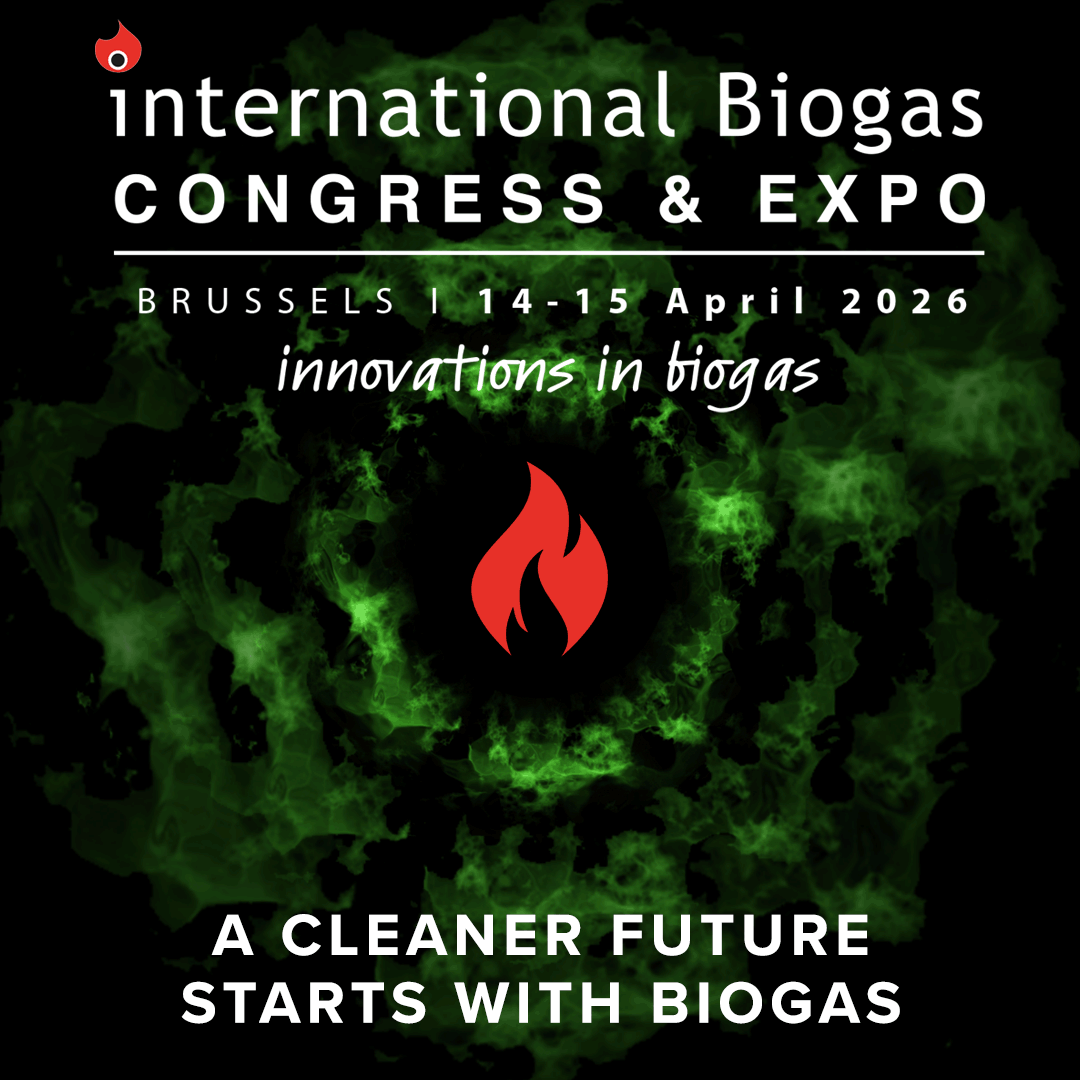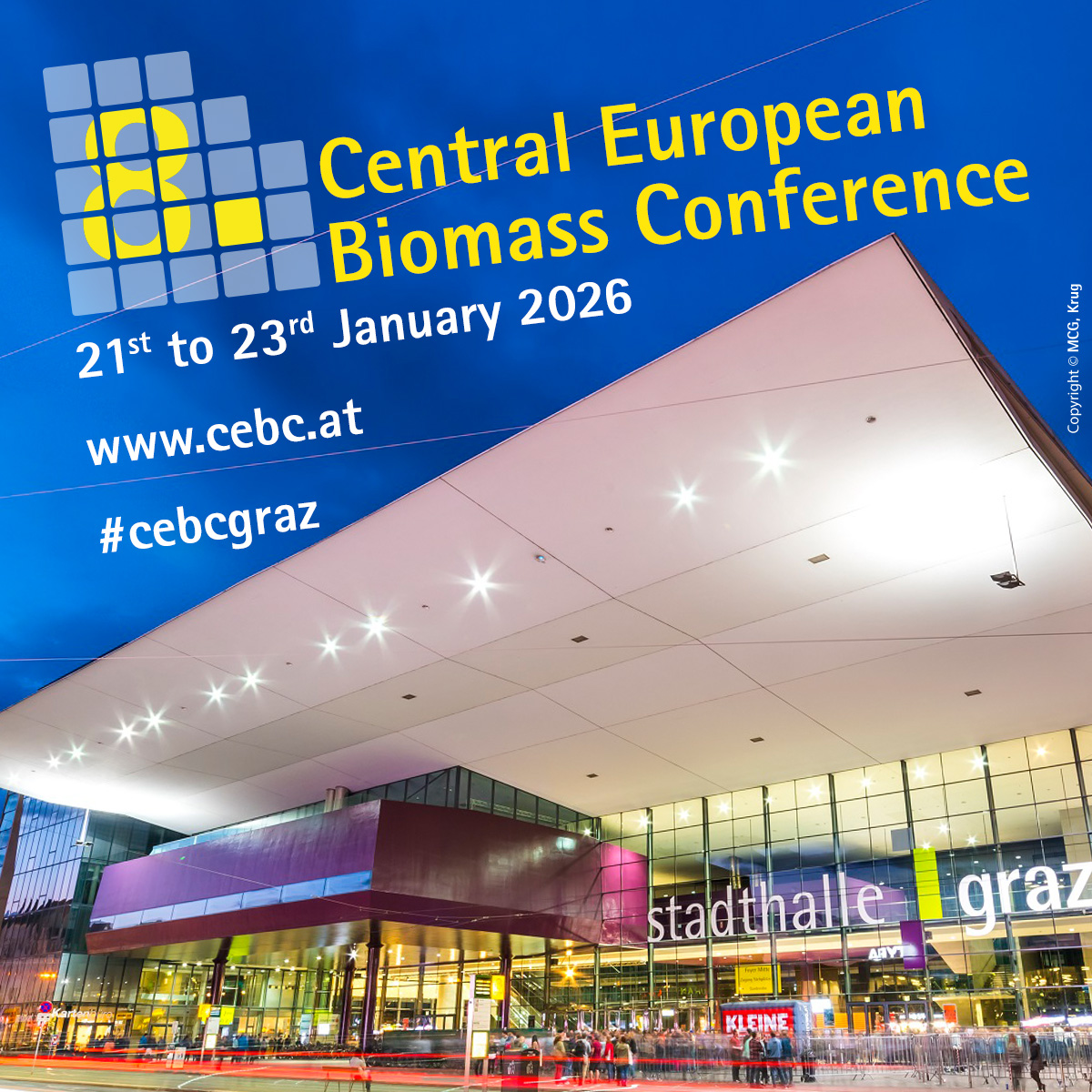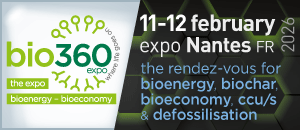UPM research green liquor dregs utilisation in a bid to reach zero waste status
UPM, a Finnish bio- and forestry company, is researching the recycling of green liquor dregs with the aim to reach a zero solid waste to landfill operational status by 2030.
Green liquor dregs – the moist “black ashes” created in the soda recovery boiler while burning dissolved wood material – are one of the most challenging production sidestreams to recycle.
The composition of dregs is similar to ash but it is much more difficult to recycle because of its moist consistency and the heavy metals it contains.
The UPM project’s focus is on five of the most difficult side streams to recycle, including dregs, ash, landfill waste, sandy bark, and sludge.
Out of the five green liquor dregs is the second largest side stream after ash.
UPM Kaukas mill in Lappeenranta, Finland, for example, produces almost 10,000 tonnes dregs annually.
From this, half has been used in soil construction projects and the other half has been transported to landfill sites.
Globally UPM produces 50,000 tonnes of dregs annually.
“The better utilisation of green liquor dregs has been researched in many projects at UPM and in the forest industry in general. Its consistency makes it a difficult sidestream to store even at a landfill where it has thus far been mixed with ash or rock material for proper landfilling,” said Harri Jussila, manager of waste and chemicals at UPM Environment and Responsibility team.
“Mixing dregs with ash does create a material that is possible to use in soil construction, for example as the building material in field bases,” he added.
The consistency and substance of dregs varies depending on the production site, and because of this, a uniform and long-standing recycling process is not easy to create.
‘Ease options have been covered’
Since 2008, dregs have been driven straight to incineration during several trial-periods at the UPM Kymi mill integrate, which acts as the zero solid waste to landfill pilot site.
The ashes from these incinerations have been used in soil construction projects and found suitable for the purpose, and the process now unique to Kymi is hoped to be applicable at other sites as well.
In Pietarsaari, at the partly UPM-owned Alholmens Kraft power plant, the use of dregs to neutralise acidic gases and remove sulphur dioxide instead of lime injections has been piloted.
To make use of dregs in this manner on a larger scale would require for dregs to be classified as a sidestream of production and not as process waste.
“With dregs, the easy options have already been covered but there is still research to be done and options to look at. There are for example efforts to isolate fractions from dregs,” said Jussila.
The volume of dregs created in production can also be cut down, and UPM is now doing some research on an alternative method of separating dregs, in which caustic lime mud is not used in filtering.
If successful, the amount of dregs will be cut down by the amount of caustic lime mud previously used.
The caustic lime mud can then be more efficiently recycled in other ways – in farming as liming material for example.
“If we intend to inhabit this planet for some time more we have to be much more careful in how we use our valuable fertilising minerals. The amount of waste to landfill should be minimised on an industrial scale and also in one’s personal life,” concluded Jussila.














